 |
|
Opal Opal is a mineraloid gel which is deposited at a relatively low temperature and may occur in the fissures of almost any kind of rock, being most commonly found with limonite, sandstone, rhyolite, marl and basalt. The water content is usually between three and ten percent, but can be as high as twenty percent. Opal ranges from clear through white, gray, red, orange, yellow, green, blue, magenta, rose, pink, slate, olive, brown, and black. Of these hues, the reds against black are the most rare, whereas white and greens are the most common. Opals can be found all over the world but most are produced in Australia. There are two different types of opal: precious and common. Precious opal shows a variable interplay of internal colors and is a mineraloid. Ordered silica spheres produce the internal colors by causing the diffraction of light passing through the microstructure of the opal. Common opals are varied such as the milk opal, milky bluish to greenish resin opal which is honey-yellow with a resinous luster, wood opal which is caused by the replacement of the organic material in wood with opal, menilite which is brown or grey, hyalite is a colorless glass-clear opal sometimes called Muller's Glass, geyserite, also called siliceous sinter, deposited around hot springs or geysers and diatomite or diatomaceous earth, the accumulations of diatom shells or tests. The veins of opal displaying the play of color are often quite thin, and this has given rise to different methods of preparing the stone as a gem. An opal doublet is a thin layer of opal, backed by a swart mineral such as ironstone, basalt, or obsidian. The darker backing emphasizes the play of color, and results in a more attractive display than a lighter potch. Fire opals are transparent to translucent opals with warm body colors yellow, orange, orange-yellow or red and they do not show any play-of-color. The most famous source of fire opals is the state of Queretaro in Mexico and these opals are commonly called Mexican fire opals. Peruvian opal also known as blue opal is a semi-opaque to opaque blue-green stone. Found often in Peru which is cut to include the matrix in the more opaque stones. It’s a common opal. Boulder opal is a form of precious opal which means it has the fire or play of color in it. Local aboriginal tribesmen say that opal is formed where the rain gods touched down to earth, and where the end of the rainbow touched down, all the colors in the rainbow where formed. Boulder opal is unique in the fact it’s a precious opal in a host rock matrix. Pink Opal is a common opal. It’s unusual because it is very clean and ranges from light pink to a dark rose pink in color. Opalite is a form of Opalized stone that forms in mineralized nodules. It is composed of predominantly dolomite, but often is found with minerals such as quartz and chalcedony. In the Middle Ages, opal was considered a stone that could provide great luck because it was believed to possess all the virtues of each gemstone whose color was represented in the color spectrum of the opal. Victorian superstitions were created by the established gem dealers to stop the rush to buy opals. They paid an author to attribute bad luck to the stone, though some believed this is avoided if opal is the owner's birthstone or if the stone was a gift. Even as recently as under the last czar at the beginning of the 20th century, it was believed that when a Russian of any rank saw an opal among other goods offered for sale, he or she should not buy anything more since the opal was believed to embody the evil eye. Opal is considered the birthstone for people born in October. |
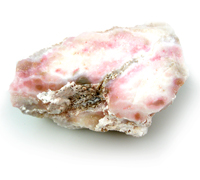 |
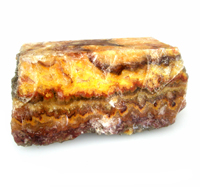 |
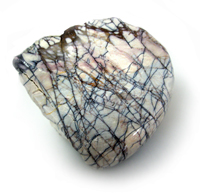 |
| Ice Cream Opal - U.S.A. | Varigated Yellow Opal - South Africa | Porcelain Opalite - Mexico |
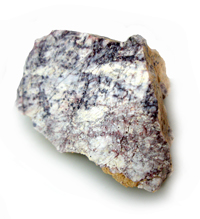 |
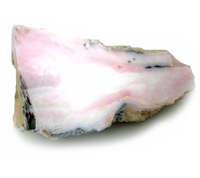 |
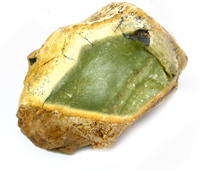 |
| Bonito Opalite - Mexico | Pink Opal - South Africa | Green Opal |
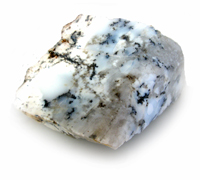 |
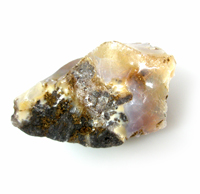 |
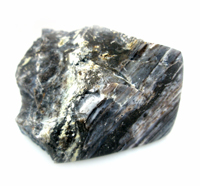 |
| Dendritic White Opal | Dendritic Yellow Opal | Dendritic Opal |
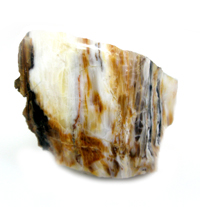 |
||
| Opalized Petrified Wood |
Desert Rosing Trading. All Rights Reserved.

